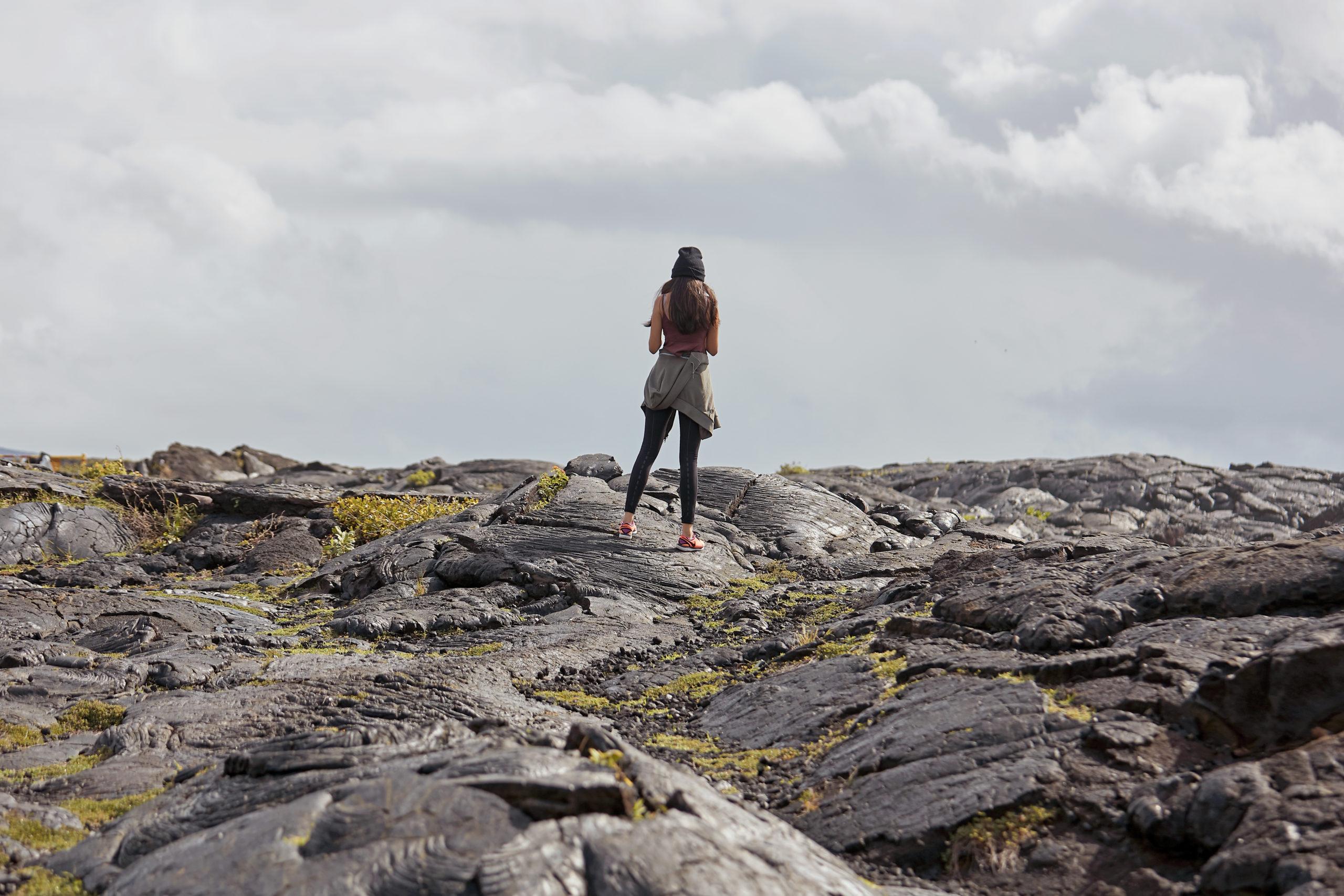American Hiking Society on general tips to hike and be considerate to the area. Our Volcano Hiking Tour is our most active tour where you can experience the beauty and culture of the Island of Hawaiʻi.
Leave what you find, take only photos and memories.
1. Plan ahead and prepare. Know the type of terrain and possible weather conditions you might encounter. Minimize impacts by keeping groups small and avoiding high use times for the trail. Walking single file and avoiding shortcuts will limit damage to the trail and surrounding ecosystems.
2. Travel and camp on durable surfaces. Focus activity on resilient ground. Surfaces consisting of sand, gravel, rock, snow, or dry grass are durable and can withstand heavy use. Walk through mud/puddles to avoid widening the trail.
3. Dispose of waste properly. Pack it in, pack it out! This includes not only food wrappers, but also biodegradable waste such as banana peels, etc. Also practice “negative trace” by picking up trash left by others. Dispose of human waste in catholes dug 6-8 inches deep in soil at least 200 feet from any water source. Pack out all toilet paper and hygiene products.
4. Leave what you find. You can look, but please don’t take. Leave everything that you find in the wilderness where it belongs. Avoid moving rocks, picking plants, and disturbing cultural or historic artifacts.
5. Minimize campfire impacts. Keep your campfire small—or go without. Use previously constructed fire rings or mounds. Only burn small diameter wood found on the ground. Do not damage live or fallen trees. Be aware of the level of fire danger of the area. Make sure your campfire is completely smothered before you leave camp. Small camping stoves are much more efficient for cooking, and leave no impact on the site.
6. Respect wildlife. Let the wild be wild. Keep your distance and do not attract or approach animals. Never feed them food intended for humans as this disrupts their natural foraging habits. Control pets in natural areas and always keep them restrained.
7. Be considerate of other visitors. Show respect for other trail users. Keep voices/noises from getting intrusively loud. Obey any posted trail rules including rights of way. Orient rest spots and campsites away from the trail. Attempt to minimize visual impacts by wearing clothes that are earth tone colors (unless, of course, hiking in the vicinity of hunters): brown, green, tan or black.





